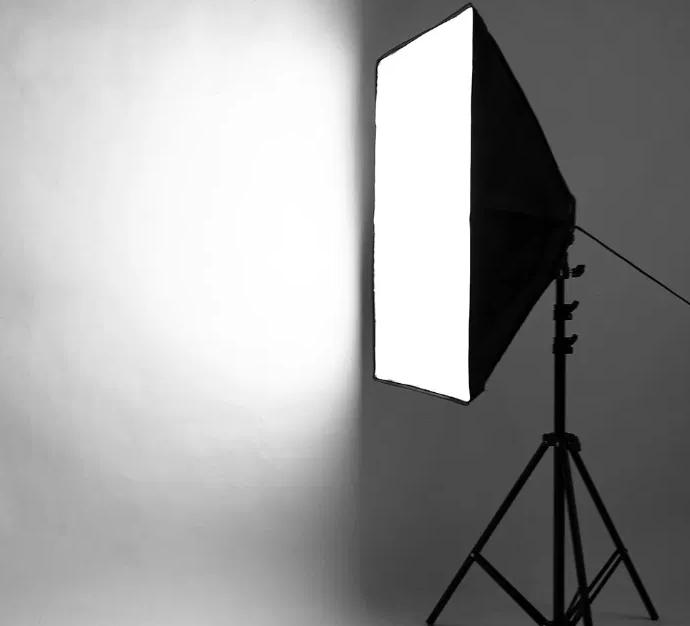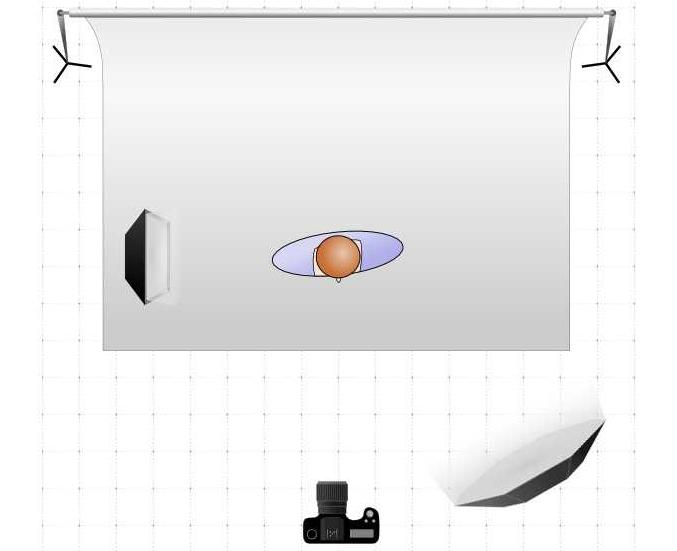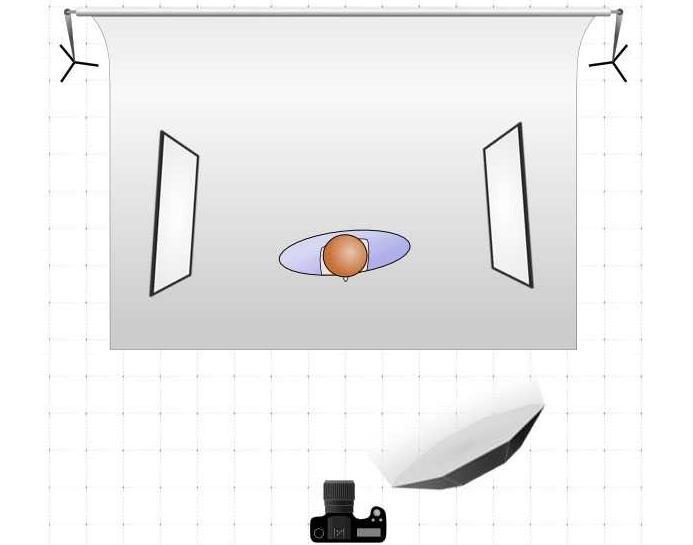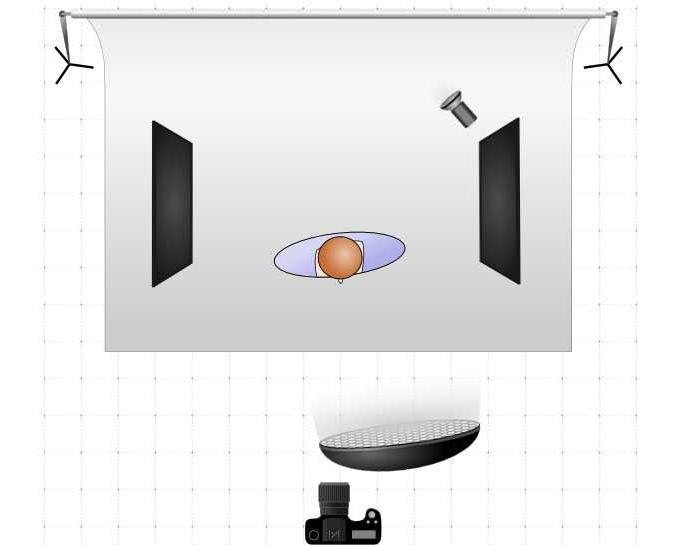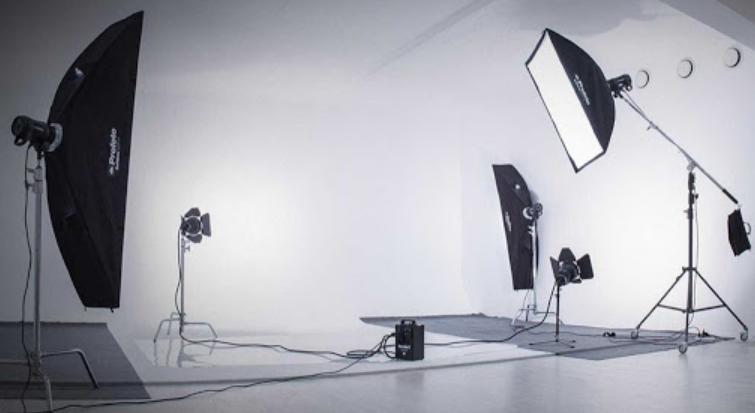Schemes and varieties of studio lights
Studio lighting is the main element that affects the quality of the photo and allows you to achieve the desired effects. You can't do photography professionally without knowing the basics of lighting and using lighting schemes designed for a specific situation. In addition to the basic equipment will be required and additional elements, here it all depends on the nature of the shooting.
Types of studio lights
There are several options, differing in location, intensity and other features. To choose a specific one, it is worth sorting out all of them and finding what works best for your particular shoot. The staging of light is done by several basic options, knowing the classification is mandatory even for novice photographers, as it is the basis of all work:
- Drawing lightDrawing light, which is also often called the main or basic light. This is the basis that sets the light and shade design, the other options are used as auxiliary. It can be both soft and hard, depending on the nature of the picture and the effect you want to get on the picture. In classic systems drawing light is usually one and a half times brighter than other options.
- FillingThe color of the light is necessary to correct errors that may occur when using the main light. It highlights the shadows produced by the of the main light and is located at the side of the photographer. This is due to the fact that the effect on the camera of the fill light can only be evaluated from the place where the picture is taken. Usually a reflective panel or softbox serves as a light source. With this element, you can lighten deep shadows, highlight the face, and give the photo more life through a second glare in the person's eyes.
- Background lighting. Here can be used as a single light source, or two, located on both sides and equipped with lightforming additions. This allows the background to be uniform or to create highlights in the desired areas. If a full-length person is shot, a strip box is used for background illumination, since only with its help a uniform vertical gradient can be achieved. Again, the background option helps get rid of shadows cast by other lighting equipment.
- Backlight For photo shoots is used in situations where a person needs to be separated from the background, which is achieved by creating a bright outline. It is placed behind, usually at a small distance, the position is chosen experimentally. Place the lamp can be either strictly behind or with a slight shift. Most suitable light sources with curtains, it is convenient in terms of controlling the light flux.
- Modeling. Needed to emphasize a particular area, which allows you to highlight it or focus attention on the desired object or part of the face. It should be adjusted as needed, correcting the position of the light source and its intensity as needed if the pictures do not turn out as desired.
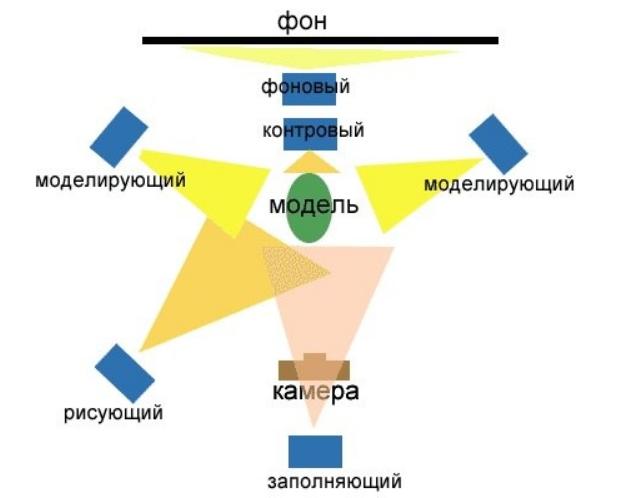
It is not necessary to use all lighting options, it all depends on the situation and the need. Practice shows that in most cases 2-3 elements are enough to achieve the desired result.
Recommended for viewing: 5 types of light in photography and videography.
To understand the types of lighting, the photographer must control four important characteristics:
- Total illumination The subject of the photo and the space that comes into the frame. It's important to choose the optimal mode that will provide high-quality pictures and highlight all the important elements.
- Contrast. Another point that should not be overlooked. It can be adjusted by softer or, conversely, harsher light. Do not be too strenuous, excessive contrast will not be good for the picture.
- The presence of shadows in the pictureThe length and direction of shadows, if any. You can achieve different effects by playing with light and shadows. The main thing is not to overdo it.
- Color temperature lighting. The standard is 5500 K, which is about the same as daylight. But often the constant light is made dimmer because the flash is used during shooting.
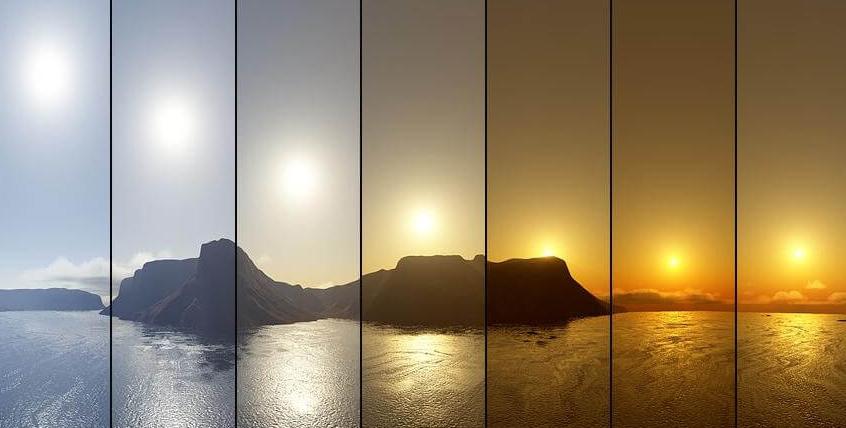
Equipment and extras for studio photography
To ensure good lighting and easy to adjust when necessary, it is worth using special equipment and auxiliary devices. With their help, you can create a comfortable place for photography in almost any room. The main options are as follows:
- Constant light bulbs.. Most often installed on special stands so that you can adjust not only the height, but also the direction of the light flux. Depending on the lamp used, the lamp may become quite hot during prolonged use, so it is advisable to place it away from objects that are afraid of high temperatures.
- Studio flash units Or pulsed light devices. They do not burn all the time, but only when taking pictures. At the same time, the lamps are practically unheated. Often the equipment also has a permanent light, it has a small brightness and allows you to improve the focus of photographic equipment, assess the light and pick up the ratio of light and shadow. This option can be available as a monoblock or in the form of two elements with a separate control module.
- Softbox - A nozzle in the shape of a square or rectangle. It is a frame made of metal rods, the back of which is covered with a black cloth and the front is covered with a white scattering material. The inside of the surface is finished with a reflective material to improve the light performance. It is the basic element used most often and suitable for different purposes.A softbox is one of the most popular lighting elements in studio photography.
- Octobox - An octagonal element which thanks to its shape diffuses light in different directions and can illuminate several objects at the same time. It creates a soft lighting with an unobtrusive light and shade pattern.
- Stripbox has an elongated rectangular shape and is designed for shooting portraits of tall people and similar objects. Due to its great height it evenly distributes the light in a certain direction.
- Umbrellas. A traditional solution suitable for soft light distribution. Come in two types, the first works on the light, is made of thin fabric and is needed to reduce the effect of pulsed light to fill the space with soft light. The second option is a dense reflective surface, which effectively reflects the light flux, but not suitable for a narrow beam.
- Portrait plate.. Designed to create stylish portraits with uniform soft lighting. Used by many famous photographers, it is simple and easy to use. Due to the large size of the light distribution is perfect.Portrait plates are often supplemented with honeycomb for clear light distribution.
- Background reflectors Designed to illuminate the back. They allow you to remove shadows from the lighting equipment and make the background even, with no drops or highlights. If necessary, they can be used to create unusual background effects.
- Tubes Have a conical shape that can create a stream of light to highlight an individual object or part of a portrait. They are also used to create light spots on the background. Often supplemented with honeycomb - an attachment to the tube, which allows you to get a clear parallel rays.
Read also: How to choose a ring lamp.
Special filters are used to change the color and intensity of the light output. They can be installed on one or more light sources.
The video tutorial will help you understand the features of studio light sources.
How to set up the light correctly - popular schemes
There are ready-made schemes of light in the studio, using which it is not difficult to quickly achieve the right effect, without wasting time in choosing the location of lights. You can sort out a few to pick the ones that best suit the particular conditions.
In this case, three lighting elements will be required. The main one is placed at the front left and is placed at an angle of about 45 degrees. And the light is not directed at the subject, but is reflected from the umbrella, creating a diffuse stream of light. At the back a pair of stripboxes is placed on both sides at an angle of 45 degrees. Perpendicular to them on the background side are two white backdrops that reflect backlighting and thus add volume to a portrait or composition. As for the backlighting, it can be changed by adjusting the height of the reflective umbrella.
If you want to make the background light, two lights are directed at it at a 45-degree angle for an optimal effect. White screens are placed perpendicular to the front to avoid shining the light on the subject. A reflecting umbrella is used as frontal light and is placed at the front left. This arrangement makes it possible to highlight every last detail and provides high contrast.
A very simple scheme, for taking pictures of a full-length person. The best size for this is an octobox with a height of 180 cm and a width of 30 cm. It can be placed on either side of the person, or you can try both and choose the better one. Because the background is not illuminated, it turns out dark gray.
An option suitable for portraits that also does not require a lot of lighting equipment. An octobox positioned to the right at a slight angle is best. Two large white panels are placed to the right and left of the shooting location, which will reflect the light and fill the entire space with it. A good solution for classic portrait photography.
If you want to emphasize the background, you can try this scheme. The back is illuminated by a light with a reflector honeycomb on it. This allows you to create highlights that bring the background to life, and if you use color filters, you can achieve unusual effects. A person is illuminated by a strip box, which is placed on the left back at an angle of 45 degrees, and a screen is placed behind it, so that the light does not spread to the background.
It's an interesting solution that creates an accent on the person by means of reflected light. In this case, the softbox is placed to the right from behind and angled toward the background. On either side are two large white screens that softly diffuse the light and accurately work out all the details.
A plan for a tall-row shoot that provides even lighting vertically. Two growth stripping boxes will be needed, with the main one placed in front and left, and an additional one in the back on the right. Two dark-colored light-absorbing screens are placed on each side to eliminate unnecessary reflected light.
In this case, the main light is provided by the portrait plate, on which a honeycomb is placed for directional light distribution. The background is illuminated by a reflector of small power, which is placed at an angle. This arrangement of light sources creates clear lines, and it is possible to change the overall atmosphere by backlighting. Absorbing panels on the sides make the light harsher.
Useful videos.
Choosing a studio light is not difficult if you understand the features of the equipment and find the best scheme for taking pictures. The main thing is to provide high-quality basic lighting and correctly position the auxiliary elements.
